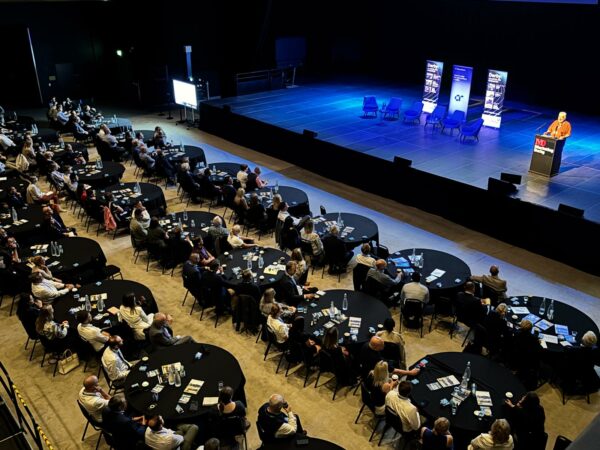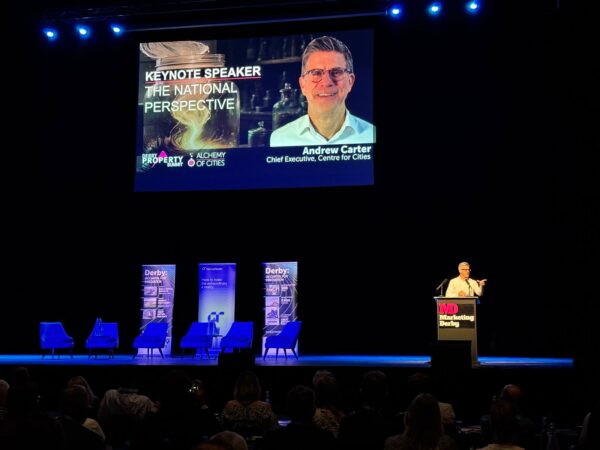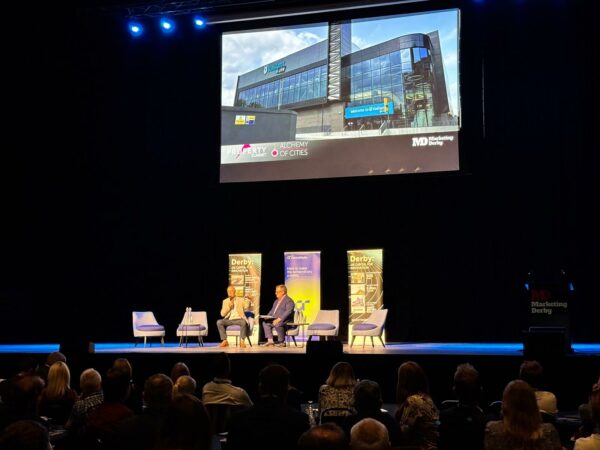Investment News | 21 June 2023
Reflecting Derby’s regeneration
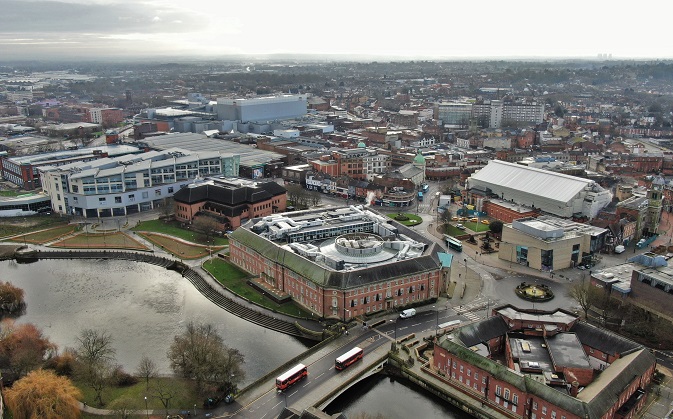
Clearing out garage files can be a dangerously slow task as seeing old reports and press clips divert your time and effort.
A bit like thumbing through old photos, minutes become hours.
Last week, as I fell into this hole, I came across an old Derby Telegraph feature – from January 2018 – reporting on Derby’s regeneration progress.
The article, taken from attending that month’s Marketing Derby Annual Business Event, outlined the city’s economic strengths and analysed 15 schemes in the regeneration pipeline.

Now, a lot of water has passed under the proverbial bridge in the since 2018, not least the global Covid pandemic of 2020 and in many ways, five years feels more like ten.
Yet, many of the essentials mentioned in the article remain.
Derby’s pitch as the UK Capital for Innovation is, if anything, stronger today than it was then.
Rolls-Royce remains the city’s economic fulcrum and despite the pandemic’s severe impact on international travel, civil aerospace – employing 10,000 people in the city – is beyond the worst and well into recovery.
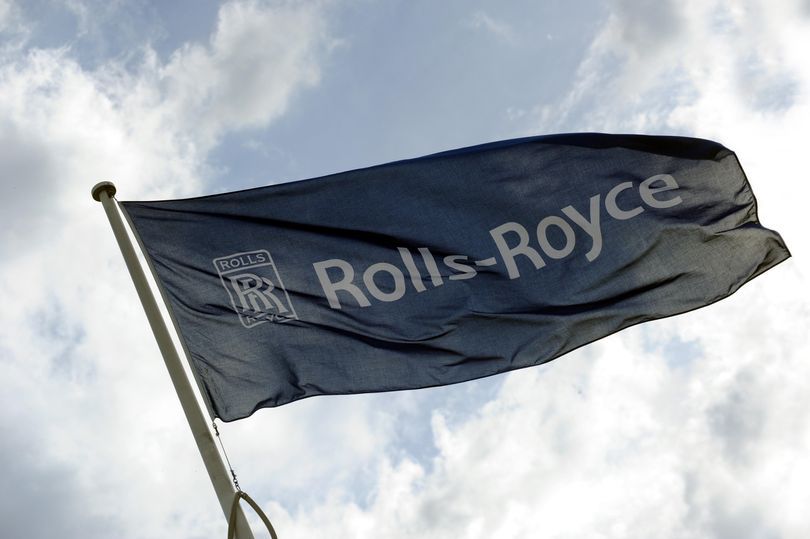
More than this, Rolls-Royce has seen significant growth in its nuclear division, most recently in defence via the Aukus submarine deal signed in San Diego with the US and Australia this year as well as the anticipated growth in Small Modular Reactors (SMR).
Bombardier is now Alstom, the world’s second largest train manufacturer (Derby being their largest factory) and having won the deal to build the HS2 trains the future looks bright.
In recognition of being the UK’s (and maybe Europe’s) largest rail cluster, the city recently beat off 38 other applicants to become the HQ for the new Great British Rail. This will further strengthen businesses in that sector and we expect further investment to follow.
Post-Covid, Derby has focused on diversifying its economy as evidenced by investments – such as Swedish med-tech Getinge and German green-tech Vaillant – landing into the rapidly emerging St Modwen Park.
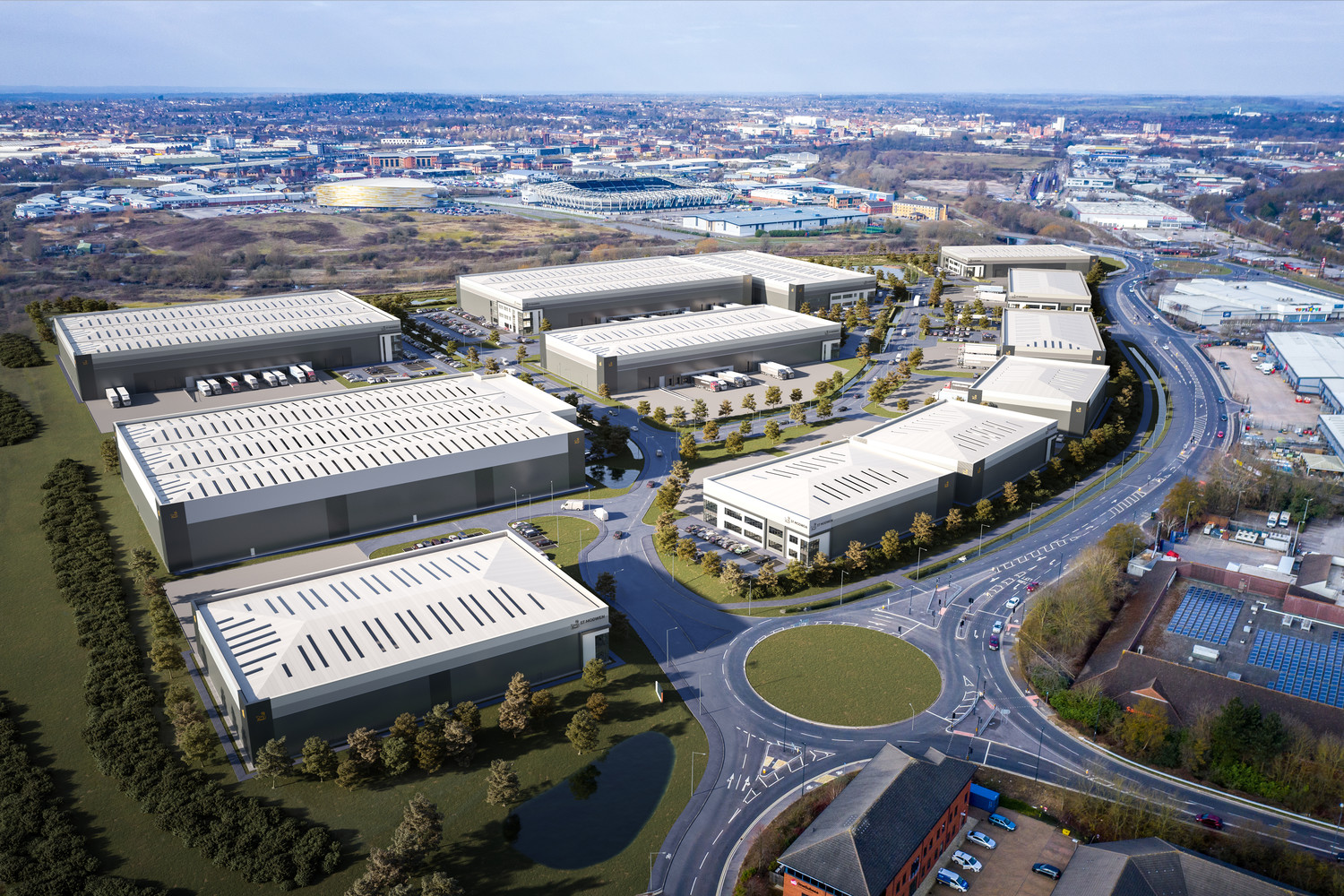
The 2018 article listed 15 potential regeneration schemes and it is interesting to see if we achieved any?
A basic scorecard shows that seven schemes have been completed, a further four are in progress and the final four remain on the shelf.
Those completed include the Cathedral View student scheme, the King’s Crescent luxury apartments and the Grainger Build-to-Rent scheme on Victoria Street – between them providing over 500 new homes in the centre of the city.
Those in development include the old DRI site where developer Wavensmere’s massive Nightingale Quarter scheme will see a further 500 homes completed this year and Clowes Development’s Tram Shed on St James Street which is refurbished and ready for occupation.
The pipeline projects yet to start include the Landmark and Waterside residential schemes on north Riverside and Entrada apartment scheme on Raynesway. None of these are likely to proceed as originally designed.
The Assembly Rooms was of course one of the 15 listed schemes. This saga warrants an article or maybe a book. It remains a drama unique to Derby and next year the site will have been closed for 10-years.
Its original purpose has been replaced by the Becketwell Performance Venue which will open in 2-years, leaving the Assembly Rooms site a blank canvas.
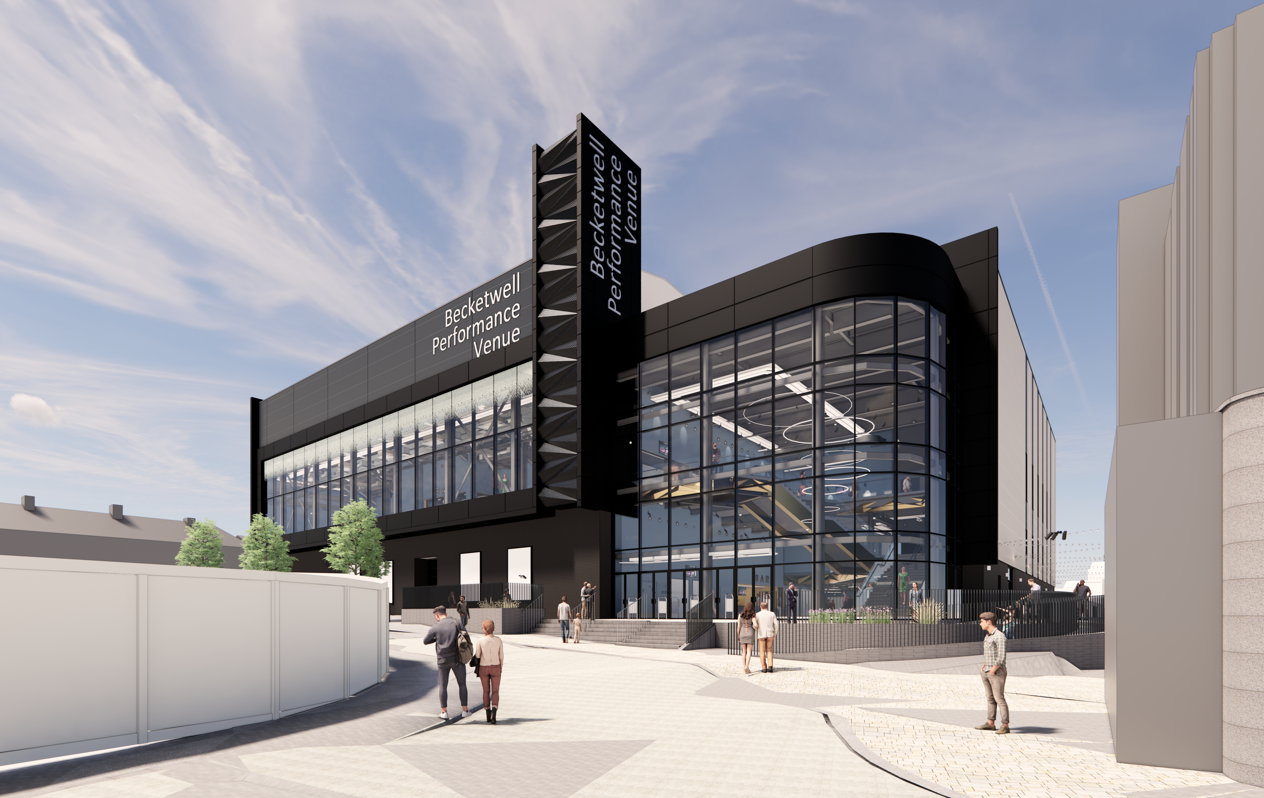
Current ambitions for a mixed development, anchored by the relocation of Derby Theatre integrated into a broader cultural quarter (including the Guildhall Theatre, Quad, Market Place and Market Hall) have been kick-started by a government £20million Level Up funding award.
It is imperative that plans are settled before that 10th anniversary.
The radical transformation and repurposing of Derby city centre remains a strategic priority and a similar article today would include schemes such as the University of Derby’s Business School and campus, the Derbion masterplan and the Friar Gate Goods Yard.
Our economy continues to punch well above its weight and we must continue to develop the city centre in order to retain more of our wealth, so to create jobs and tackle the city’s poor social mobility.
